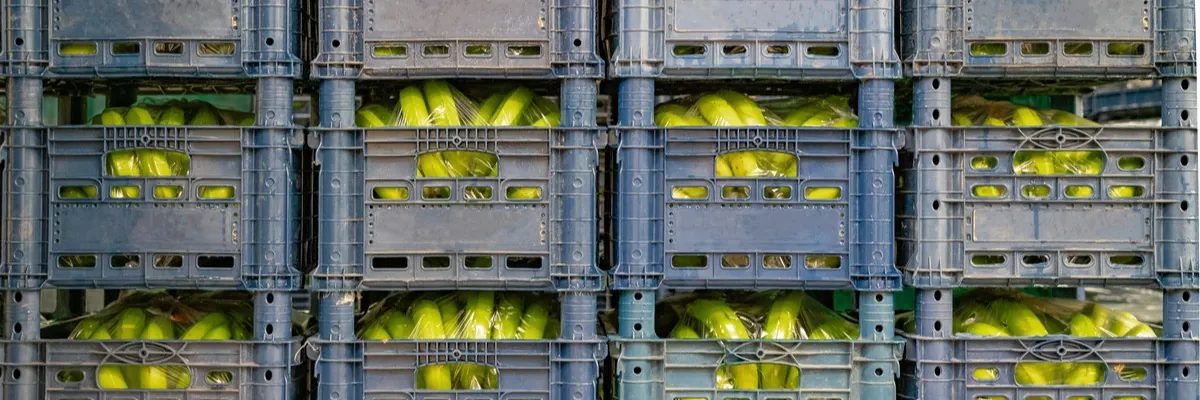
Shipping Bananas Year-Round
Shipping bananas takes a precise and careful approach. Don’t go bananas trying to work out the logistics of produce shipping alone; FreightCenter is here to guide you!

How Do We Have Bananas Year-Round?
Bananas are the fourth largest globally exported produce; the global population consumes over 50 billion tons of bananas year-round. The United States drives this popularity, importing more than twice as many bananas as any other country. In 2023, 5.08 million tons of fresh bananas were shipped to the United States, marking a 4% increase from the previous year, with the number expected to continue rising.
Despite the handful of taxes and regulations on importing food products from overseas, shipping bananas to America is much easier year-round than shipping many other food products. Because there is such a high demand for this fruit, bananas ship year-round in mass supplies to meet the needs of their consumers.
We provide competitive freight shipping prices and an all-inclusive, easy-to-use shipping experience for our customers. Exceeding our customers’ expectations results in thousands of satisfied customer reviews and repeat business. We believe in the power of our customer relationships. Check out FreightCenter reviews from real customers, and learn what they have to say about their freight shipping experience!
- 2021, 2017 & 2016 Food Logistics’ Top Green Providers
- 2021 & 2018 Supply & Demand Chain Executives’ Pros to Know: Matthew Brosious
- 2020 & 2019 Top Food Logistics’ 3PL & Cold Storage Provider Award
- 2020 & 2019 Business Observer’s Top 500 Companies on the Gulf Coast
- 2020 & 2017 SmartWay® Transport Partner
- 2020 & 2017 Food Logistics’ Champions: Rock Stars of the Supply Chain
- 2020 Best of Palm Harbor Awards for Local Businesses
- 2017 Green Supply Chain Award from Supply & Demand Chain Executive
- 2017 Tampa Bay Business Journal Heroes at Work
- 2016, 2015, & 2012 Food Logistics Top 100 Software and Technology Providers
- 2013 Tampa Bay Business 100 by Tampa Bay Business Journal
- 2013 Top 100 Great Supply Chain Partners by SupplyChainBrain
- 2012 TIA Samaritan Award Honorable Mention
- 2012, 2011 & 2010 TBBJ Fast 50 Recipient
- 2013, 2011, & 2010 Diversity Business Top Businesses

Why Choose FreightCenter for Banana Shipping?
Expertise in Produce Shipping: At FreightCenter, we understand how daunting shipping produce can be. Our experienced logistics team has extensive knowledge about produce shipping, having worked with farmers nationwide. We’ll help you find a carrier specializing in banana shipping, teach you how to package your fruit correctly, and assist you with the paperwork so your produce arrives ripe and fresh.
Competitive Rates with Tailored Solutions: We prioritize high-quality customer service without breaking your wallet. We utilize our relationships with regional and national carriers to offer you competitive, affordable rates for banana shipping while providing personalized solutions to your needs. Need a reefer trailer? We got you! Want to expedite your order? Leave it to us! We’re ready to provide tailored solutions that don’t compromise your banana shipment.
Personalized Customer Support: FreightCenter is committed to satisfying our customers. Our customer support team is here to help you every step of the way, from initial inquiries to post-shipment concerns. We handle all aspects of logistics, including tracking, paperwork, and communication with carriers, so you can focus on what matters while we manage your banana shipment. Choose us for our reliable service and affordable quotes!
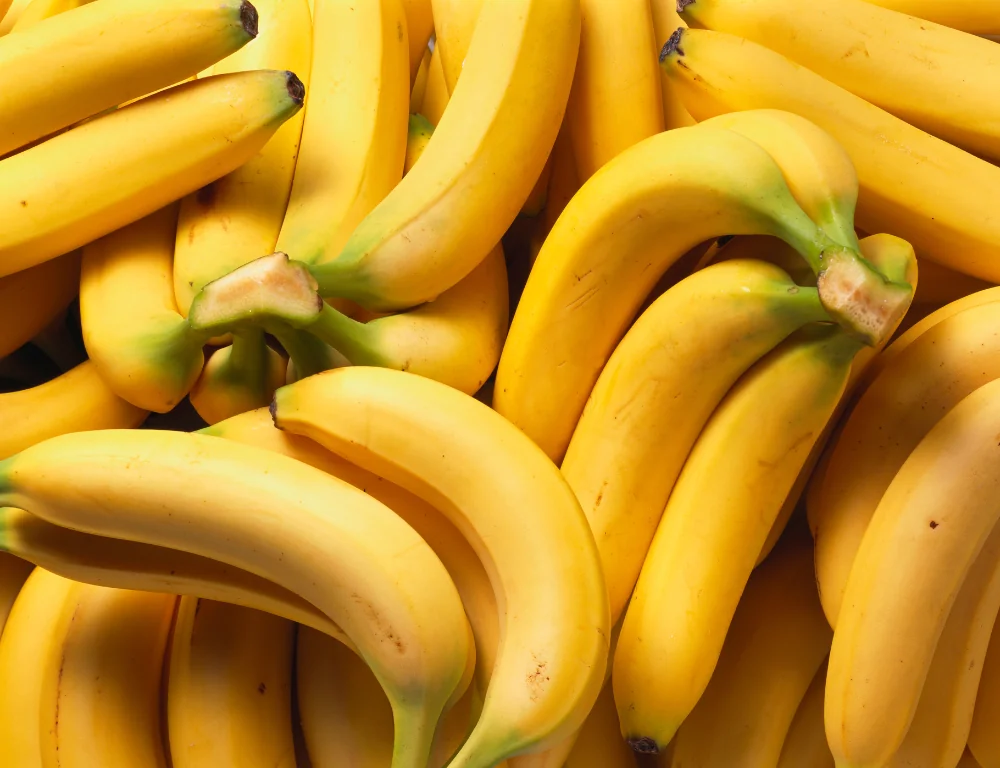
How Bananas Grow
Over 1,000 varieties of bananas are grown worldwide. However, the most popular banana is the Cavendish. This variety became popular after the previous favorite, the Gros Michel, was almost wiped out by a soil fungus called Tropical Race 1 (TR1).
The Cavendish is a resilient fruit that has won over banana producers for a variety of reasons:
- Its short stem protects it from wind damage.
- It can recover quickly from natural disasters.
- It can be transported internationally without spoiling too fast.
- It’s resistant to TR1.
Banana plants can live up to 25 years if properly cared for, but they only produce fruit once in their lifetime. However, a single occurrence of fruit on the plant can yield up to 10 bunches, depending on the plant’s size, with each bunch holding up to 20 bananas. Plantations have hundreds of thousands of banana plants at each location, and each plant produces 200+ bananas annually, resulting in nearly 105 million tons of bananas overall.
Banana production remains steady with consistent heat and humidity. The United States has limited banana production due to scarce growing conditions, so commercial banana plantations are primarily located in tropical regions 30 degrees north and south of the equator. Major banana producers are countries along the equator, such as Guatemala, Ecuador, and Costa Rica.
Packaging and Shipping Bananas
Shipping bananas from other countries presents various challenges. Bananas can’t be stuffed into a shipping container and left inside for weeks during travel. The fruit must be kept at a constant temperature. To be precise:
- The ideal climate for banana production is around 80°F (27°C), with annual rainfall between 78 and 98 inches.
- The region should have a constant humidity of at least 50%.
- Daily temperatures should range between 78-86ºF (26-30ºC); at night, they should not fall below 67ºF (20ºC).
This presents challenges for shipping bananas, as shippers must maintain a consistent temperature without exposing the fruit to heat, humidity, and other external factors.
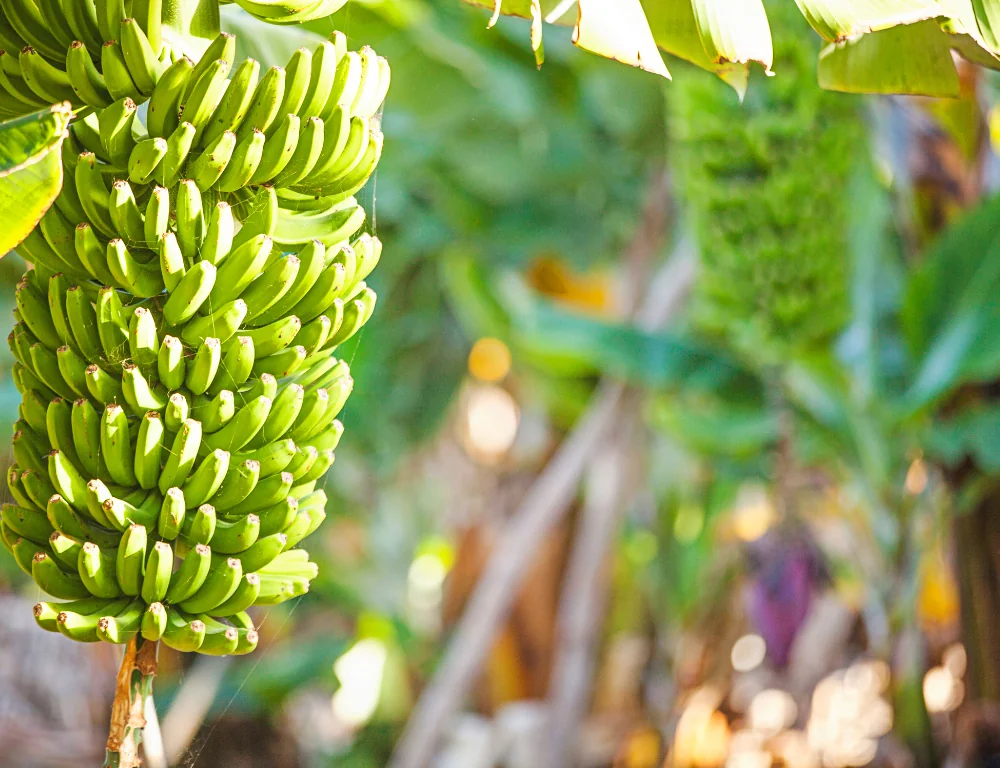
Bananas are shipped as whole hands, part hands, or clusters. Workers pack the bunches in cardboard cartons with plastic slip-sheets between full hands to protect the cargo. The cartons are then placed onto pallets for easy pickup and delivery. It is crucial to store bananas at or around 53°F (12°C) during shipping. If temperatures rise above the preferred range, bananas will rapidly ripen, leading to supermarkets receiving bananas with a shorter shelf life.
To create value for our customers by delivering customized shipping solutions that meet their unique needs and to fulfill shipping demands from simple to complex with expertise, guidance and ingenuity.
The most reliable Specialized Freight Services rates from all the top carriers are just a few steps away. From white glove service to international shipping, we've got you covered.
Conquer borders with our international freight shipping service! From distant shores to global markets, we deliver your cargo with efficiency and reliability. Explore our seamless shipping solutions and expand your horizons with confidence!
Keep things cool with our refrigerated freight service! From farm to fork, we ensure your perishable goods stay fresh and delicious. Explore our chilly-chic shipping solutions and keep your cargo crisp, no matter the distance!
Set sail on a global adventure with our container shipping service! Seamlessly transporting your goods across oceans and continents, we offer reliable, efficient, and secure solutions for all your shipping needs. Discover the thrill of worldwide trade with our expert container shipping services today!
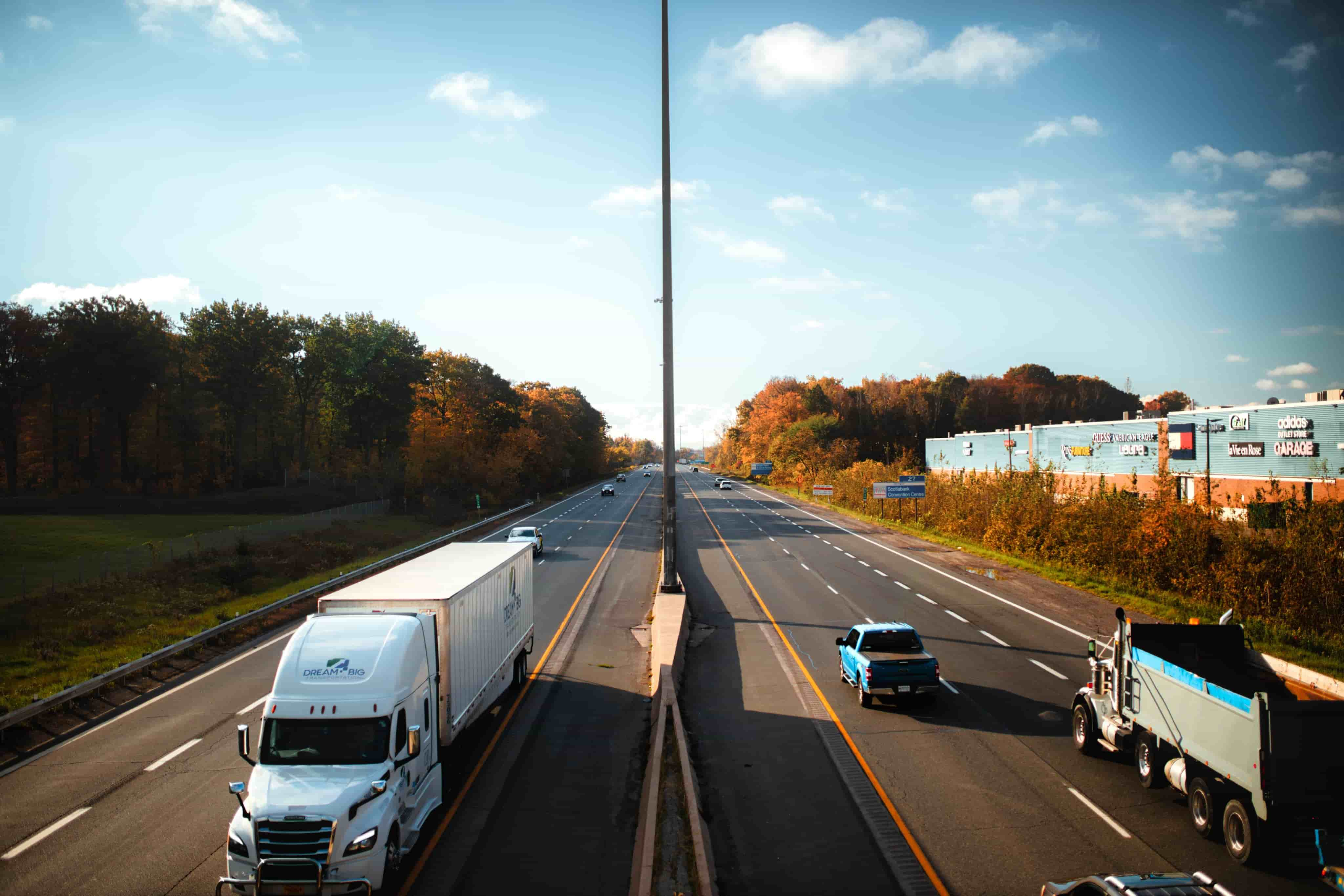
Frequently Asked Questions about Banana Shipping

Q. How come the Cavendish banana is the most popular kind of banana?
The Cavendish is famous for two reasons: first, it is a naturally sturdy fruit that can bounce back after natural disasters and is resistant to wind damage. Second, it is immune to the TR1 fungi disease that nearly wiped out the previously popular banana variety, the Gros Michel. However, the Cavendish is now in danger of being wiped out; a new fungi infestation called Tropical Race 4 (TR4) is plaguing banana plants in Asia and South America. Scientists and farmers are developing new breeding techniques and protection products to protect banana plants and fight the disease. Still, the Cavendish could be replaced with a different banana variety sometime in the future.
Q. Why do bananas need to stay at a constant temperature during shipping?
Bananas are harvested pre-ripened. Heat, humidity, and cold temperatures can quicken the ripening process, decreasing the banana’s shelf life. Therefore, bananas must be shipped in reefer containers to keep the temperature balanced and maintain their ripeness throughout shipping.
Q. Why can’t bananas be shipped with other fruits?
The banana’s peel contains chemicals that release ethylene gases after harvest. Ethylene gas softens fruit by breaking down its cell walls and restructuring molecular compounds within the fruit, overripening in the process. The gases can also undergo fermentation, causing mutations like starches turning to sugars or alcohol.
3 Advantages of Shipping Bananas with FreightCenter

Expertise in Banana Shipping
Our award-winning team has previous experience shipping produce, ensuring your bananas arrive at their destination fresh and ready to eat. We’re partnered with a 50+ network of professional carriers, including companies specializing in produce shipping. You handle the packaging, and we handle the rest.
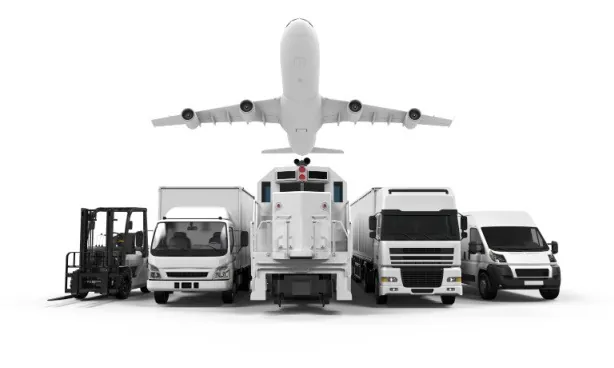
Personalized Shipping Options
Do you need a reefer trailer to keep your bananas at the right temperature? No problem! Do you need a liftgate? We got you! FreightCenter’s user-friendly online booking allows you to customize your order so your bananas are well cared for at affordable rates you can’t find anywhere else.

Supreme Customer Support
FreightCenter’s professional team is on your side. We’ll guide you through every step in the shipping process, from initial quoting to post-shipment support. We prioritize customer satisfaction and ensure your needs are met 100%. Your bananas are in good hands.


